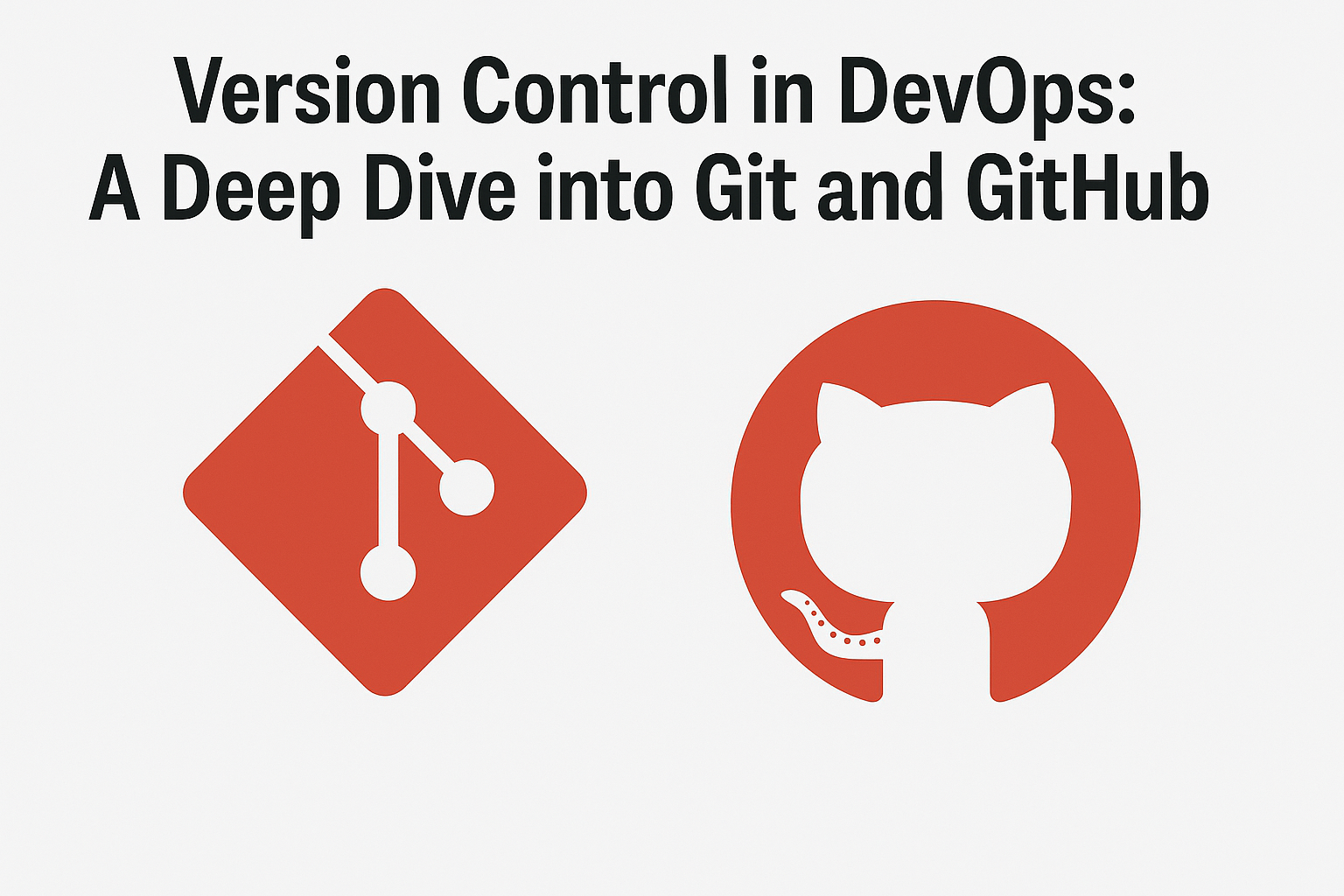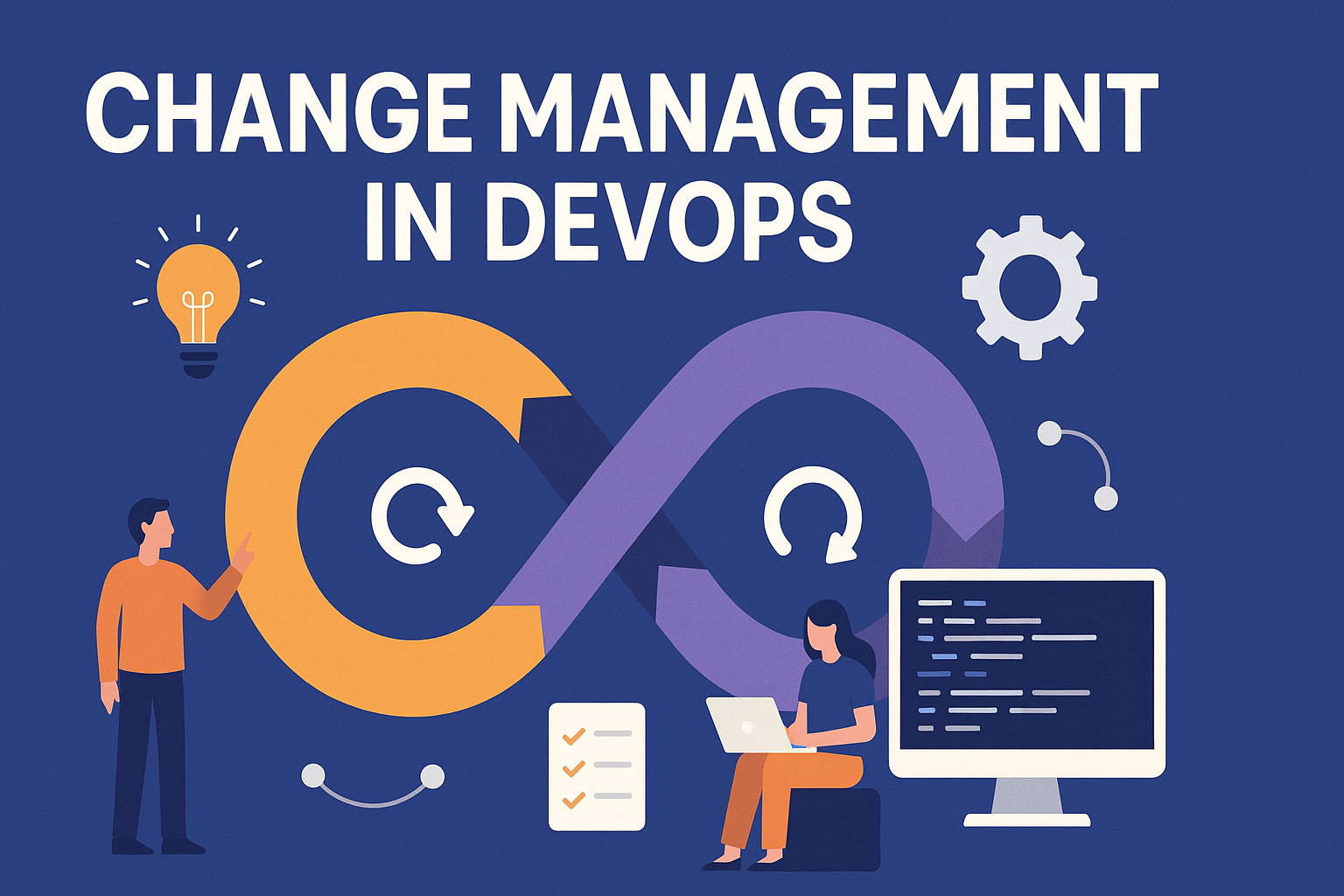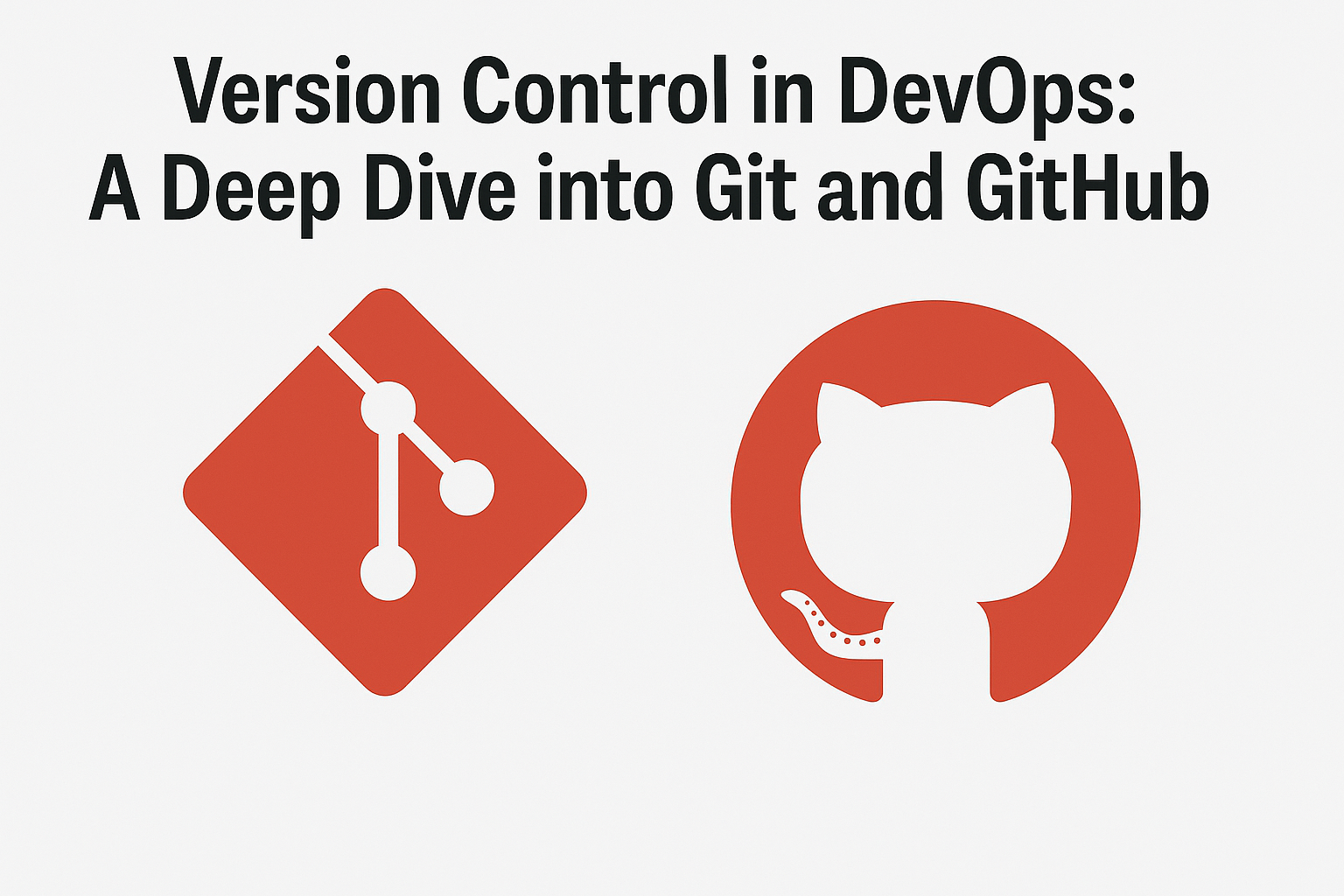Unveiling the Tapestry of Intelligence: Humans vs AI
Mon, 19 May 2025

Follow the stories of academics and their research expeditions

In the ever-evolving landscape of software development, efficient collaboration, seamless integration, and the ability to track changes are paramount. This is where version control systems play a pivotal role, and in the realm of DevOps, Git and GitHub have emerged as the go-to tools for many developers and teams. This blog post will delve into the fundamentals of version control, explore the intricacies of Git, and shed light on how GitHub enhances collaboration and streamlines workflows in the DevOps lifecycle.
Version control is the practice of tracking and managing changes to code over time. It provides a systematic way to collaborate on software projects, enabling multiple developers to work on the same codebase without conflicts. Version control systems maintain a historical record of changes, allowing developers to revert to previous versions, identify issues, and collaborate efficiently.
Git, developed by Linus Torvalds in 2005, has revolutionized version control. Its distributed nature, speed, and flexibility make it a cornerstone in the DevOps toolchain.
Branching allows developers to create isolated environments to work on new features or bug fixes without affecting the main codebase. Git's lightweight branching is a powerful feature for parallel development.
Merging combines changes from different branches. Git's merge capabilities ensure a smooth integration of code changes.
In Git-based workflows, a pull request is a mechanism for submitting contributions to a codebase. It allows for peer review and discussion before changes are merged.
GitHub, a web-based hosting service for Git repositories, takes Git to the next level by providing a collaborative platform for developers.
GitHub hosts Git repositories in the cloud, making it easy for teams to collaborate, share code, and manage projects.
Issues, pull requests, and discussions facilitate communication and collaboration among team members. Code reviews through pull requests ensure high-quality contributions.
GitHub Actions, GitHub's built-in CI/CD solution, automates workflows, allowing developers to build, test, and deploy code directly from the repository.
GitHub provides insights into code quality, test coverage, and other metrics, empowering teams to make data-driven decisions.
In the DevOps journey, version control is the cornerstone that enables teams to work collaboratively, iterate quickly, and deliver high-quality software. Git, with its powerful branching and merging capabilities, forms the backbone of version control, while GitHub enhances collaboration, code review, and automation. Together, Git and GitHub play a crucial role in the modern DevOps pipeline, empowering development teams to build, test, and deploy software with agility and precision. As the DevOps landscape continues to evolve, mastering version control with Git and GitHub remains a fundamental skill for developers and teams aiming to thrive in the fast-paced world of software development.
Mon, 19 May 2025

Fri, 16 May 2025

Fri, 16 May 2025

Leave a comment